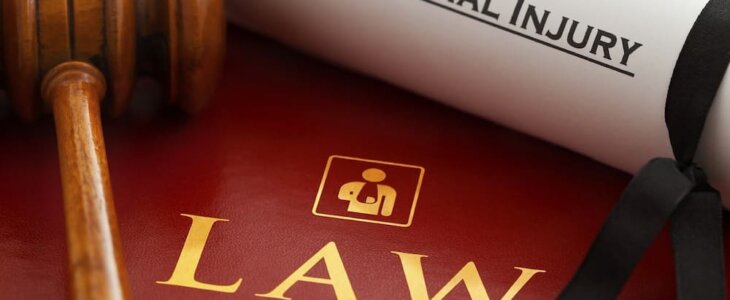Simeone & Miller, LLP Outlines the Basics of Composing Well-Written Demand Letters
The goal of every personal injury claimant is to be fully compensated for the injuries they suffered and any damages they were forced to incur. In addition, it is far better to receive full compensation sooner and without the cost, effort and stress of litigation or trial. Often, the key to receiving your compensation sooner is to write a strong demand letter to start settlement negotiations from a position of strength. If your demand letter makes it clear to the negligent party and their insurance company that they are responsible for your damages, and itemizes the full extent of your damages, it is likely you will have a better chance of settling your case sooner and for more compensation.
The first part of a strong demand letter is to send it to the person who has the authority to offer you a settlement. This sounds obvious, but for some cases, there could be several potentially responsible people or companies involved. Moreover, some insurance companies appoint different adjusters for property damage and bodily injury claims. Thus, it is key that your demand letter makes it onto the correct person’s desk; otherwise, it may be ignored.
The second part of a good demand letter is to clearly state the reasons why you are entitled to compensation. Do not assume the recipient will agree that they are responsible; instead, demonstrate it by explaining the basis for your claim and including photographs, videos, police reports or any other information that proves you were injured as a result of their negligence. Not only will this help convince the recipient that they are responsible, but the stronger the case you make, the more likely they will offer full compensation and not a reduced “compromise” settlement.
Third, you must also document all of your damages and prove that they were caused by the accident. Therefore, it makes sense to wait until the treatment for your sustained injuries is complete before you send a demand. This allows you to include all of your damages and demand a higher settlement. Moreover, if you send a demand and then later seek additional damages, the person with whom you are negotiating may be hesitant to increase their offer or skeptical as to why you demanded more at a later date.
Fourth, you must ask for an amount that compensates you fully and makes sense for your injuries and damages. Seeking too low of an amount will result in your not being fully compensated, but seeking too much for your specific injuries may cause the other party to respond with an unreasonably low offer, which will prolong settlement negotiations and delay your recovery.
Finally, after sending a demand letter, it is important to follow up after an appropriate amount of time. While you do not want to be ignored, following up too soon will make you appear anxious or desperate to settle, which could result in a low offer. Plus, the recipient needs time to review your demand and decide on an offer. The larger and more complicated the case, the more time they require. Simply put, do not allow them to put you off unreasonably, but give them appropriate time to review your claim.
A good demand letter cannot guarantee that the responsible party will make a fair offer, but starting settlement negotiations from a strong position definitely makes it more likely.
If you are seeking professional legal counsel you can trust, contact Simeone & Miller, LLP online.
